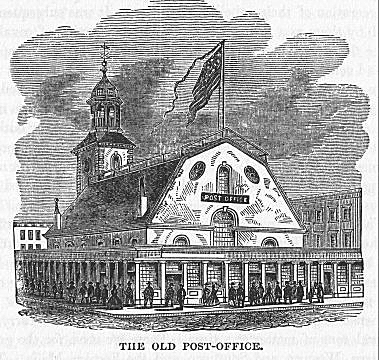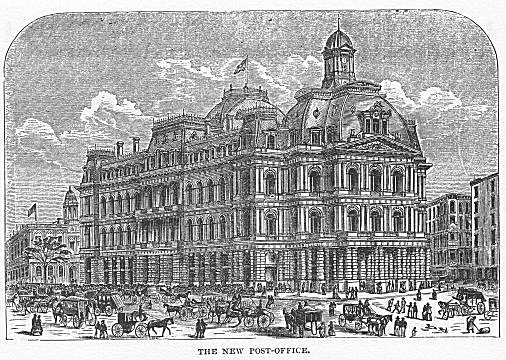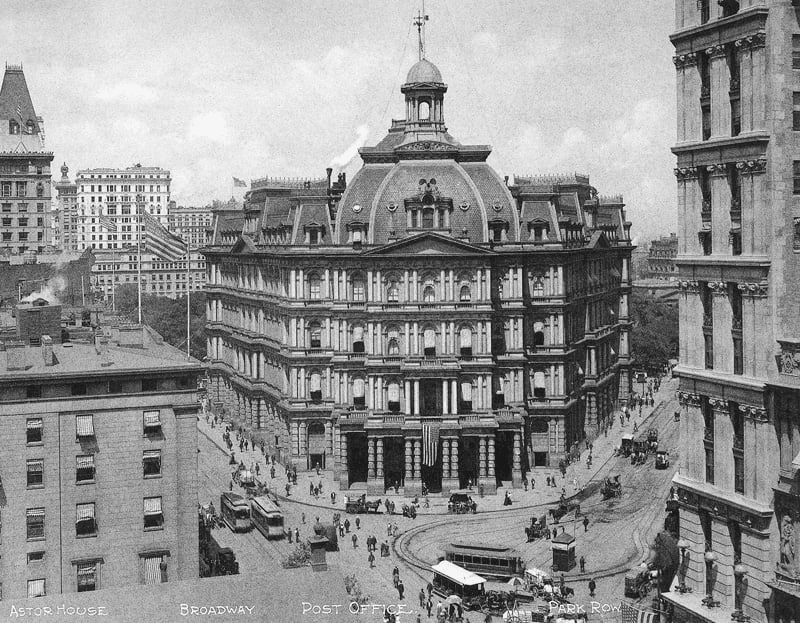In the 21st century, the postal service is highly developed all over the world. It is difficult to imagine life without fast parcel delivery. Having an advanced mail delivery system, it is hard to believe how people lived in New York in the old days. How did they receive their mail, how long did they have to wait for it and was the mail delivered at all? Find out more at new-york-future.
The formation of the postal business in the New York area

The postal business originated in New York when it was still called New Amsterdam. At that time, the city was a Dutch colony. In the 17th century, people transported all mail from Europe to New Amsterdam by ship. Ship captains were directly responsible for transportation. After arriving in the American territories, all mail was handed over to the owner of some establishment. Typically these establishments were coffee shops. Then, everyone who was waiting for a parcel or letter could contact the establishment and collect them.
Such a system also functioned in the middle of the 17th century, when New Amsterdam passed under British rule. It was not until the 1690s that the authorities decided to officially establish a city Post office. In the early 18th century, the Postmaster General of Great Britain decided to remove the postal service headquarters from the Philadelphia Colony to New York City.
The first New York Post office

The very first historic New York Post office building was located on Broadway. At the beginning of the 19th century, the number of letters and parcels received by New Yorkers increased enormously. Therefore, in the early 1800s, the New York Post office moved to a larger building on William street. It remained there until 1825. Following that, the city Post office changed its location again. Until 1835, the Post office was located in the basement of one of the stock exchanges on Wall street. The building burned down soon afterward. After the fire, the New York Post office had to occupy a small Rotunda building near the City Hall Park.
The workload of the New York Post in the 18th and 19th centuries

Since the establishment of the Post office of New York, the business volume has increased every year. In the 18th and 19th centuries, the New York Post office received about fifteen thousand letters and parcels daily. Most of them were delivered by ships from Europe. A number of letters and parcels were addressed to the residents of New York. The New York Post office sorted and forwarded other letters intended for the residents of other cities to the destination point.
At the same time, the number of letters sent within the United States from New York to other American cities was significantly higher. During the 18th and 19th centuries, New Yorkers sent over one hundred and fifty thousand letters every day. In the old days, the New York Post office received one hundred and twenty thousand parcels daily. Besides, seventy thousand parcels had to be sorted and sent to other places.
Back in time, New York postal carriers delivered about ten thousand parcels a day to the residents of the city. In the 18th and 19th centuries, the sale of postage stamps amounted to about 4 thousand dollars per week.
The New York Post office during the 18th and 19th centuries faced one big problem. The flow of letters was huge, so they did not reach the addressee. The office often received letters that were illegible, misspelled the name of the state or city and address and were not stamped. The New York Post office sent each such letter to the Dead Letter Office. Hundreds of thousands of parcels have never reached their addressee.
In former times, more than 700 people worked at the New York Post office. The staff included postal carriers, clerks and other employees. All of them did a tremendous job every day so that the letters did not get lost and reached their final addressee.


